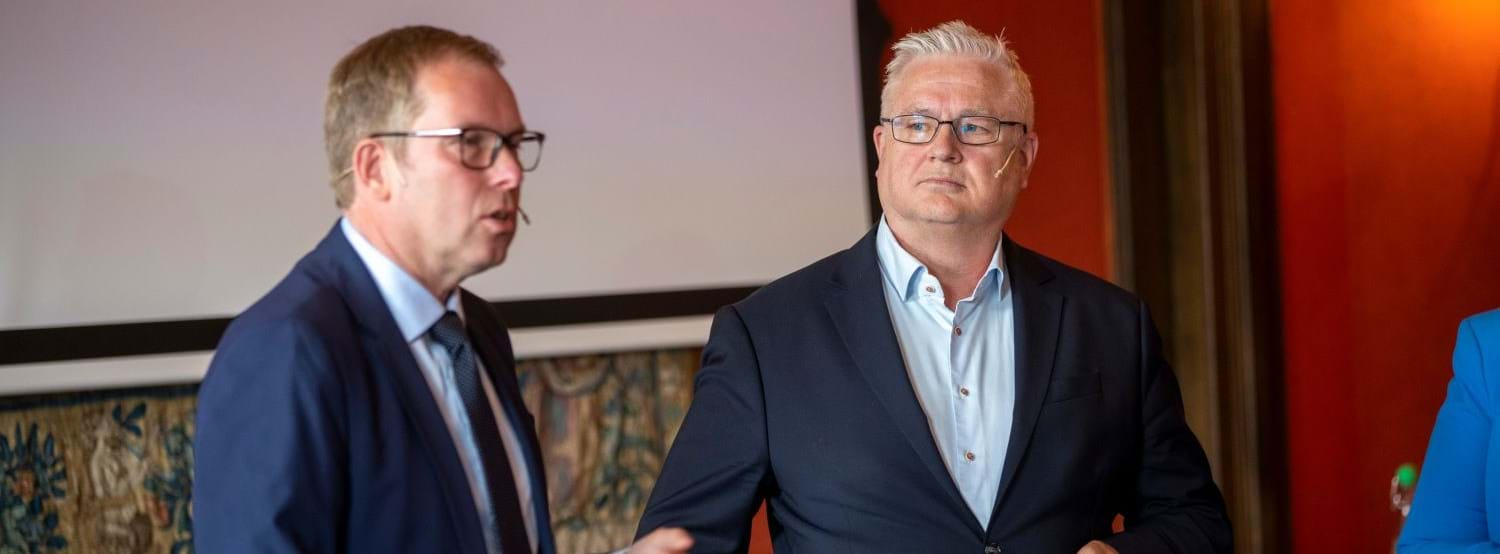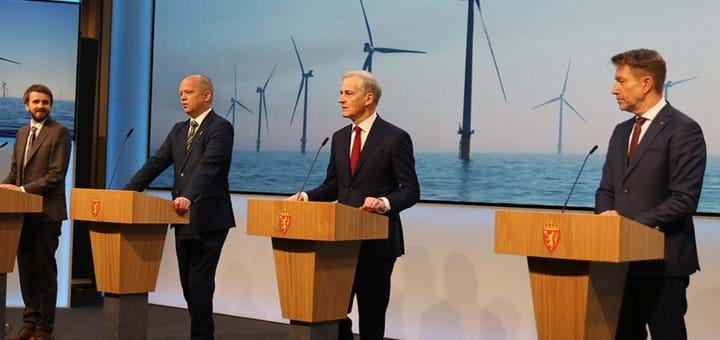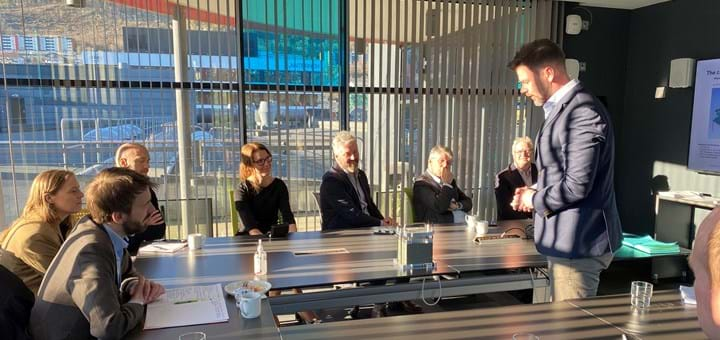Floating offshore wind can create 52,000 new jobs in Norway

Floating offshore wind can become one of Norway's most important job creators in 2050 if we rise to the occasion and increase our pace. This is shown in a new report from Menon Economics launched at the Norwegian Shipowners Association in Oslo today.
The report states that the industry around floating offshore wind alone can create over 52,000 jobs in 2050. This corresponds to about 25 percent of the employment the oil and gas industry had in 2019.
The brand new report points to a rapid growth in the global market for floating offshore wind. Norway has been a pioneer in floating technology, and the report shows that floating offshore wind can play a key role in the restructuring of the Norwegian offshore industry.
Menon's economists have thus studied the potential for job creation, industrial ripple effects, global market development and export. The report has been made upon request from Norsk Industri, Norwegian Offshore Wind, Innovation Norway, the Norwegian Shipowners' Association, GCE Ocean Technology and GCE Node / Fremtidens Havvind.
Read full report (in Norwegian)
Join our webinar about this report 10 June (in Norwegian)
We need targeted, concrete measures and an active domestic market that reduces the risk for our suppliers. In addition, dedicated programmes for technology transfer and market introduction like the ones we run in GCE Ocean Technology are important for realising the potential in this market, Owe Hagesæther, CEO GCE Ocean Technology.
We need to speed up
Menon has looked at floating offshore wind alone as Norway has special advantages here, compared to bottom-fixed offshore wind. The survey shows that Norwegian players can actually take a market share of between 5 and 14 percent of the global floating market. According to the report, in order to achieve the upper range here, we must quickly build up a solid industry at home in Norway.
The pace of allocation of areas on the planned floating offshore wind farm Utsira Nord must therefore speed up, to ensure a domestic market where Norwegian companies can deliver their services. The report shows that several countries around us are stepping up their pace and have come further with their floating projects, with clearer goals of building offshore wind farms within a short time.
Clear advantages in global competition
The world's first floating offshore wind turbine is Norwegian and is up and running at the METCentre – a test centre outside Karmøy. According to the report, Norway's lead within floating technology has given us competitive advantages. The well establised collaboration between research environments and industry has also been highlighted as an advantage. We are thus at the forefront of testing and development.
Norwegian companies offer high competence, technological insight and product quality. The fact that we have large and deep ocean areas means that floating technology is well suited for the Norwegian continental shelf. Menon has calculated that Norwegian players can earn up to NOK 96 billion in 2050, from floating offshore wind alone.



